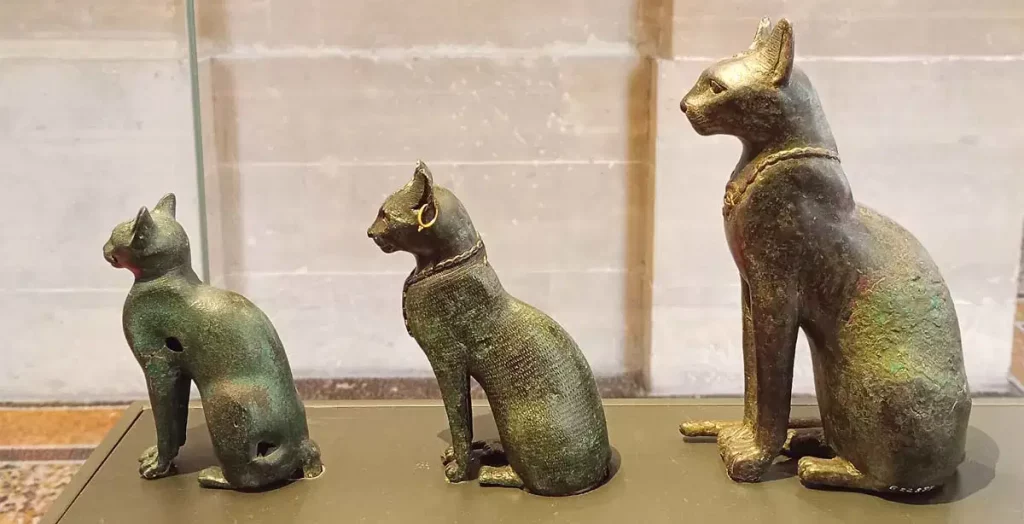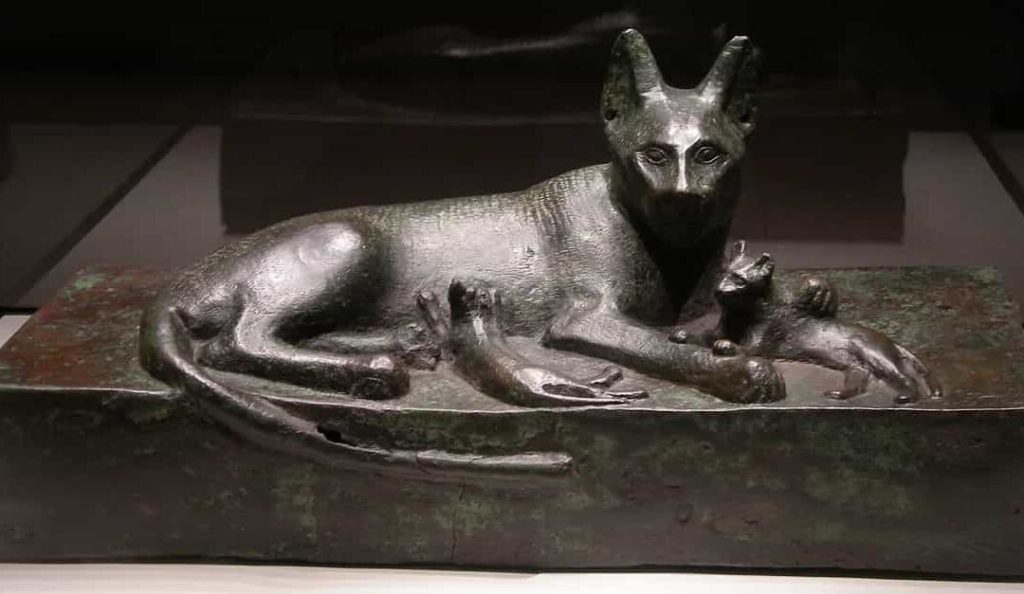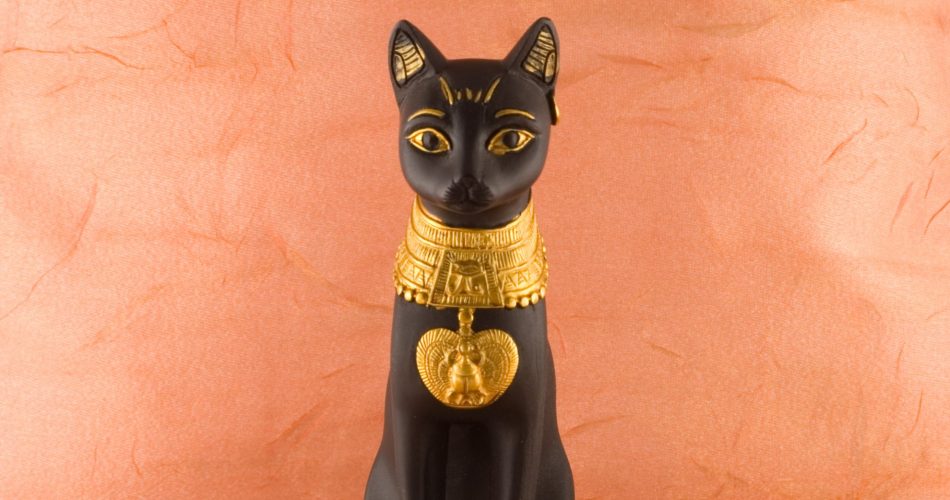Cats have long been associated with mystery and divinity, but nowhere in history were they as revered as in ancient Egypt. From their role as protectors of the home to their deep ties to the divine, cats held a sacred place in Egyptian culture. Their journey from practical pest controllers to symbols of grace and power tells a fascinating story of spiritual and societal importance.
The Practical Beginnings of Feline Reverence
The domestication of cats in Egypt is believed to have begun around 2000 BCE, although their wild ancestors, African wildcats (Felis silvestris lybica), had likely interacted with human settlements much earlier. As agricultural practices flourished along the Nile, granaries became targets for rodents. Cats—natural hunters—were drawn to these settlements, where they excelled at controlling pests. This practical benefit endeared them to the Egyptians, laying the groundwork for their eventual deification.
Beyond their utility, cats exhibited qualities that the Egyptians deeply admired. Their agility, hunting prowess, and mysterious demeanor resonated with the cultural values of order, protection, and grace. Over time, cats became more than just practical allies; they evolved into symbols of divinity.

Bastet: The Feline Goddess of Protection and Joy
Central to the sacred status of cats in Egypt was the goddess Bastet (or Bast). Originally depicted as a lioness, Bastet’s image softened over time, and she came to be represented as a domestic cat or a woman with a cat’s head. Bastet was a multifaceted deity associated with protection, fertility, motherhood, and joy. She was also seen as a defender of the pharaoh and the nation.
Bastet’s cult centered in the city of Bubastis (modern-day Tell Basta), where grand temples and annual festivals celebrated her. These festivals were renowned for their exuberance, with music, dancing, and feasting drawing pilgrims from across Egypt. Devotees often brought offerings, including statues and amulets of cats, to gain the goddess’s favor.
Cats, as living embodiments of Bastet, were treated with the utmost respect. Killing a cat, even accidentally, was considered a grave crime punishable by death. This reverence extended to the afterlife, where cats were often mummified and buried with their owners or in their own elaborate tombs to join them in eternity.
Cats as Protectors and Omens
Cats were not just symbols of the divine but also practical protectors of the home. Egyptians believed that cats could ward off evil spirits and bad luck. Their ability to hunt venomous snakes, scorpions, and rodents reinforced this protective role. In many households, cats were treated as family members, often adorned with jewelry and collars.
The connection between cats and protection was further emphasized in Egyptian art and iconography. Cats were frequently depicted sitting beneath women’s chairs, symbolizing their role as guardians of the household. This imagery extended to the spiritual realm, where cats were thought to protect their owners from supernatural threats.

Cats in Egyptian Art and Literature
The reverence for cats permeated all aspects of Egyptian culture, including art and literature. Cats were a common motif in paintings, carvings, and sculptures. Their likenesses adorned household items, jewelry, and religious artifacts. The elegant and poised form of the cat symbolized grace and beauty, qualities highly prized in Egyptian society.
In Egyptian literature, cats often appeared as characters in myths and moral tales. One popular story involved a cat’s role in defeating the serpent Apophis, the embodiment of chaos, to protect the sun god Ra during his nightly journey through the underworld. This tale further cemented the association of cats with order and protection.
Trade and the Spread of Egyptian Cat Worship
As Egypt’s influence spread through trade and conquest, so too did the reverence for cats. Traders and sailors often brought cats on their journeys to control vermin, introducing them to other cultures in the Mediterranean and beyond. The Egyptian veneration of cats influenced neighboring societies, though none adopted feline worship to the same extent.
In addition, Egypt’s export of cat-related artifacts, such as statues and amulets, spread the imagery of cats as sacred beings. These items were highly prized by foreign elites, further elevating the status of cats across borders.
The Decline of Cat Worship
The reverence for cats in Egypt began to wane after the decline of the pharaonic period. With the advent of Christianity and later Islam, the religious significance of cats diminished. However, the practical and symbolic value of cats persisted. They continued to be cherished as pets and protectors, even as their divine associations faded.
The Legacy of Egyptian Cat Worship
While the worship of cats is no longer a central feature of modern Egyptian culture, the legacy of their sacred status endures. The image of Bastet remains an iconic symbol of ancient Egyptian spirituality, and the fascination with cats as enigmatic and graceful creatures persists worldwide.
Modern archaeologists have uncovered countless artifacts, mummified cats, and inscriptions that highlight the integral role cats played in Egyptian society. These discoveries offer a window into a world where cats were not just pets but sacred beings, revered for their beauty, strength, and mystery.

Conclusion
The sacred status of cats in ancient Egypt is a testament to the profound bond between humans and animals. From their practical role as hunters to their elevation as symbols of divinity, cats occupied a unique and cherished place in Egyptian culture. Their influence extended beyond the borders of Egypt, shaping humanity’s perception of felines for millennia.
As we admire our feline companions today, we can look back to ancient Egypt and see the origins of our fascination. The Egyptians’ reverence for cats reminds us of the enduring connection between humans and these remarkable creatures, a connection that transcends time and culture.
